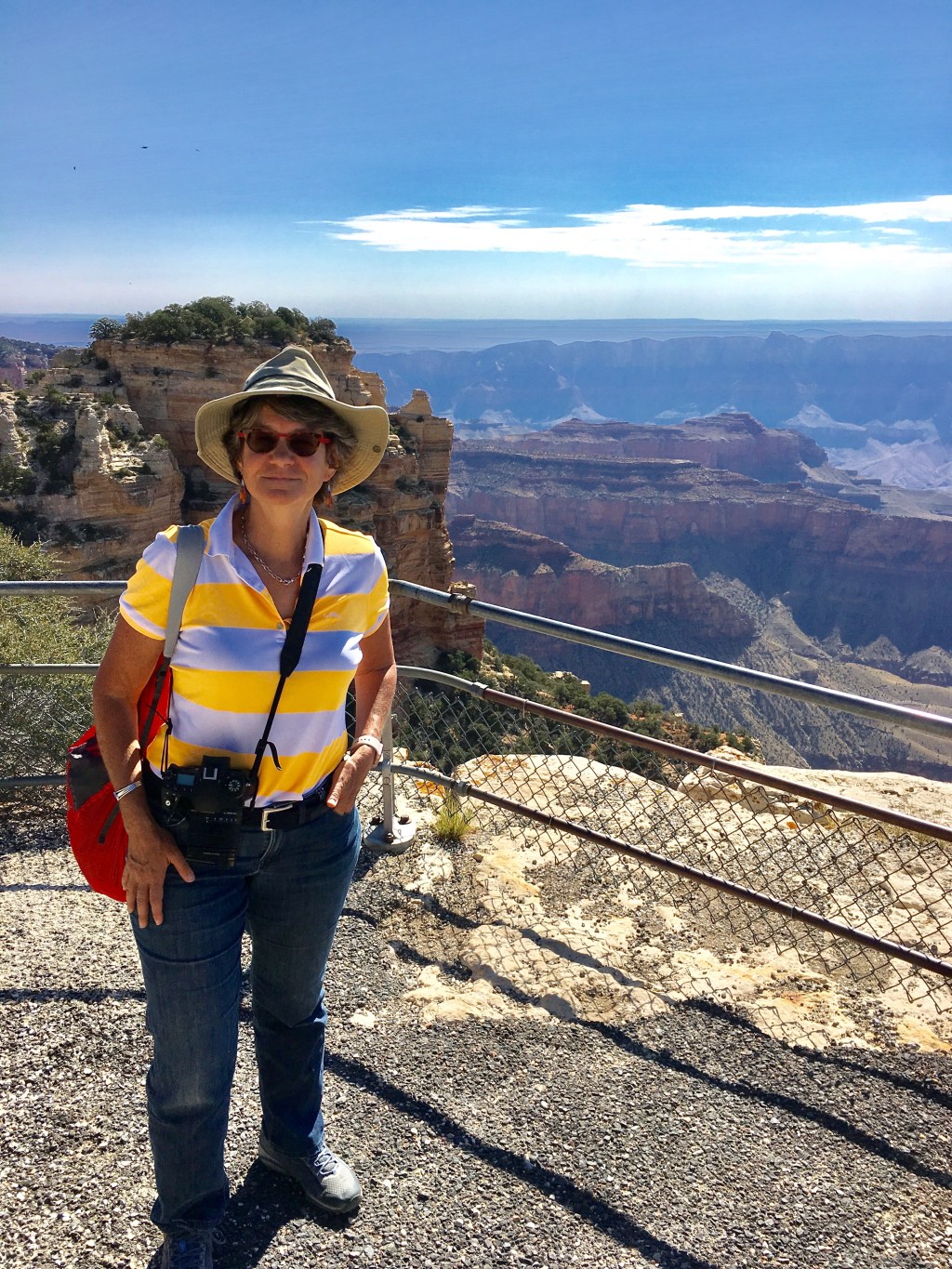What is awe?
From devoting.com: “Awe induces a sense of wonder/amazement so overwhelming that we are a bit afraid”—like standing on the edge of the Grand Canyon. Nature can be humbling, and makes us feel small.
History humbles too.
I feel a sense of awe from my genealogy work, meeting new relatives, finding new documents, and talking to Germans who are preserving Jewish history.
I am moved by Crosby, Stills, Nash and Young’s song (which originated when Nash was with the Hollies), Teach Your Children Well, with its call for parents and children to understand that each generation goes through its own “hell” (growing pains/life issues) and to respect and learn from each other. (Click on blue highlighted letters to open links.)

Last week, in the Lincoln Center Performing Arts research library, I paged through The Handbook of Biographies of the Jews in City and Region of Aschaffenburg. Having parted with my coat and purse, as required to prevent theft of this Columbia University book, I read in comfort and safety about my dead relatives in a town now devoid of Jews. I felt awe—tempered with dread.


When I started genealogy research, asking my parents hundreds of questions and creating photo-journal books and family trees, it never occurred to me that this project would grow into something much larger. I never imagined that I would teach German teenagers about their past from the experiences of my parents and from my view as a first generation American. I did not guess that I would work with local governments in Germany to establish family memorials.
I struggle with the idea that I am the right storyteller. As Clint Smith wrote in a recent article in The Atlantic magazine, Monuments to the Unthinkable, “Germans are still trying to figure out how to tell the story of what their country did, and simultaneously trying to figure out who should tell it.”
My German tutor reinforced the fact that from the ashes of WW2 arose a new Germany, just as the United States arose from the Revolutionary War. My tutor thinks that I have an open way of connecting with today’s Germans, as we share our trauma from the past and find a path to a better future. I hope she is right.
The generation that survived Nazi Germany is disappearing before the German people have fully faced up to their history.
WW2 is as ancient for today’s German high school students as the Spanish-American War was for me. I am grateful to the student and adult volunteers in small towns across Germany who engage with that history and its impact on Jewish Germans. I look forward to meeting them this summer.

This photo of my father (at right, age 9), with his sister and his father, was taken in Germany in 1935. That year the German government enacted the Nuremberg Laws.

Even before the Nuremberg Laws, the Nazis barred Jews from their professions, their businesses were boycotted and they were subjected to harassment and violence. The new laws stripped Jewish Germans of their citizenship, barred marriage between Jews and other Germans, and barred Jews from flying the German flag. My family had been German since the 1600s. With the stroke of a pen in 1935, they became stateless, hated Jews who happened to be in Germany.

In 1933, a local Nazi shot into my mother’s home in Alsfeld; thankfully no one was hurt.
If the United States treated me like this, I would pack a bag and run. Yet hindsight is 20/20. My grandfather, like many Jewish Germans, thought the madness would blow over; surely their neighbors would vote the Nazis out.
I find it hard to believe that the Holocaust ended barely a decade before I was born.
In May, I will meet in Fulda (pop. 70,000) with German 9th and 10th grade students who have volunteered for the Fulda-Auschwitz project. Project coordinator Anja Listmann, whom I met while I was researching my dead relatives, invited me to speak with her students.
From Fulda, I will drive to my mother’s hometown of Alsfeld (pop. 17,000). After the local Alsfelder Allgemeine newspaper published an article entitled We Are Still Here (send me a message if you want the English translation) about my visit last summer, I subscribed to the weekly edition.
Recently a different Alsfelder Allgemeine article caught my eye. It was about local high school students passing advanced English language exams. I reached out to the school. Plans are underway to visit teacher Sarah Schaefer and her class. The students are studying Naziism. I look forward to a good discussion in English and German.
From Alsfeld I will drive to Bavaria and the Freund family hometown of Kleinwallstadt (pop. 6,000) where Achim Albert has arranged for my father (from New Jersey via Zoom) and I (in person) to speak with students in the area.
Returning to my ancestral towns on this mission has special meaning. In The Atlantic article, Clint Smith wrote, “no stone [memorial] in the ground can make up for life. No museum can bring back millions of people. . . . Yet we must try to honor those lives, and to account for this history, as best we can.”
I will do the best I can.
To read prior essays, click HERE.
______________________

Leave a comment